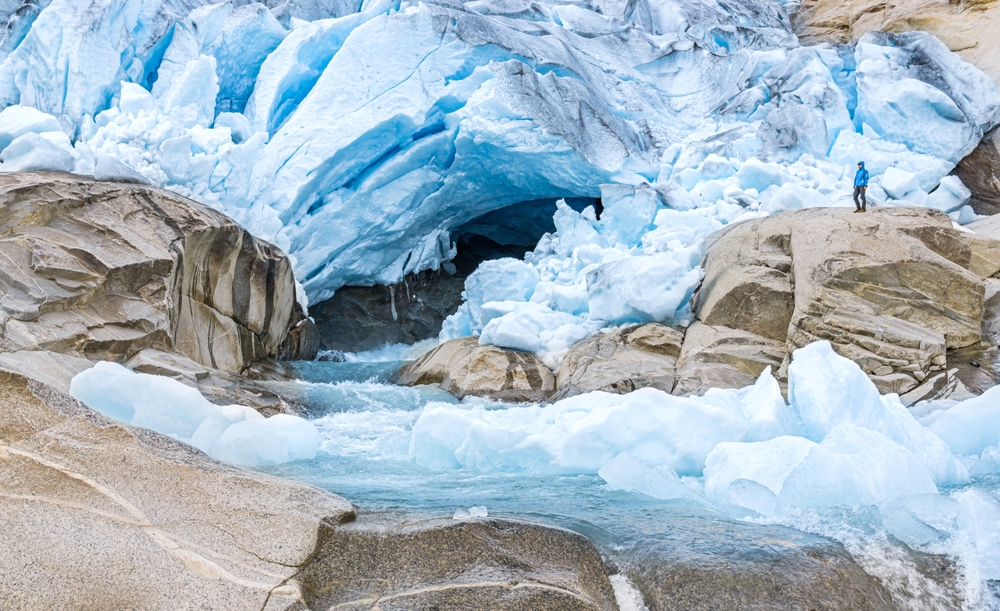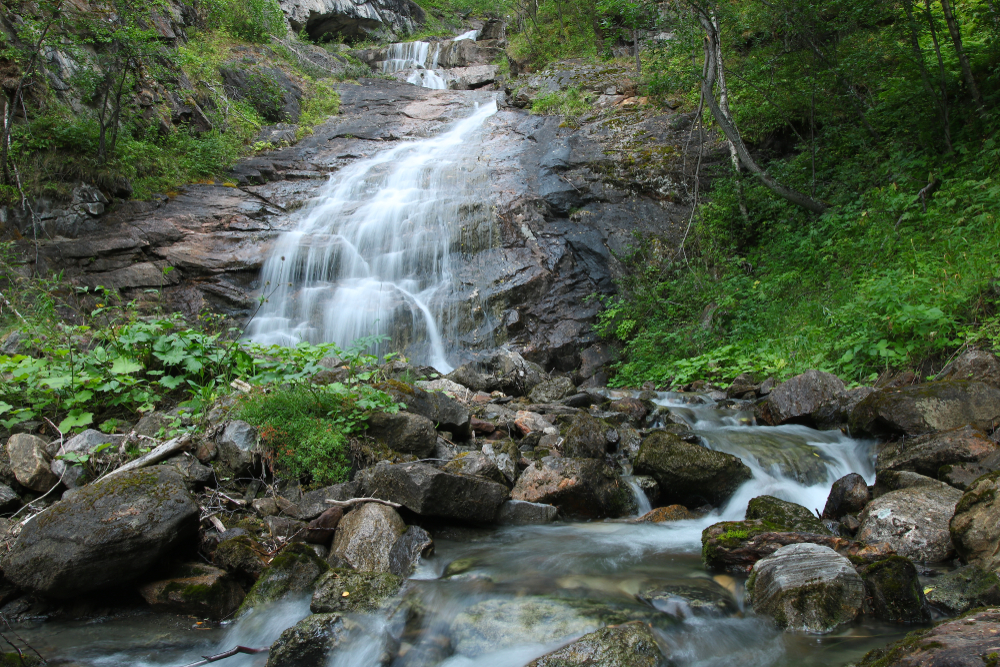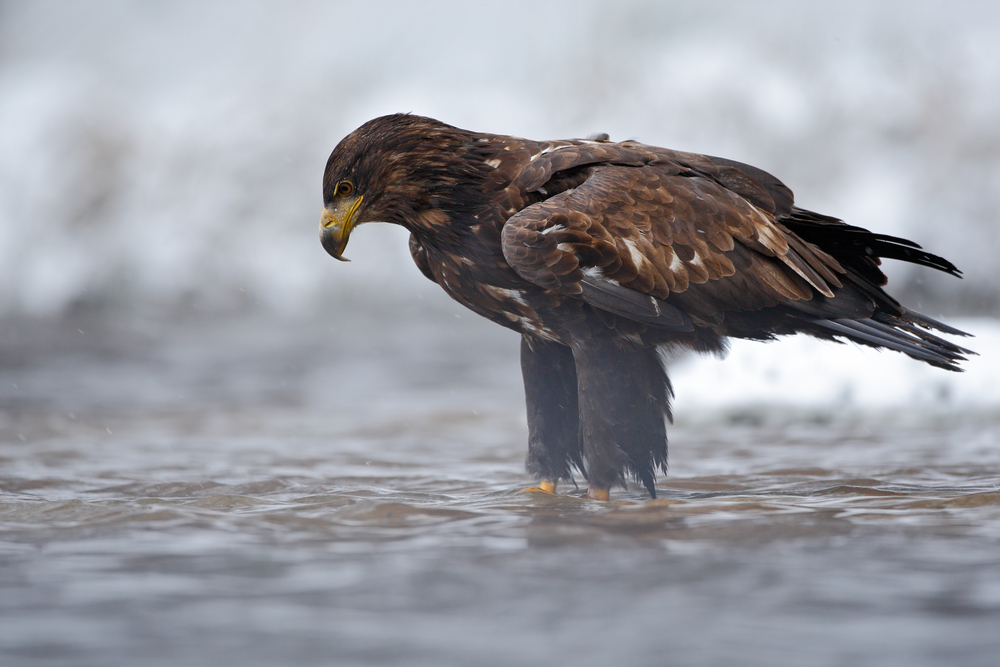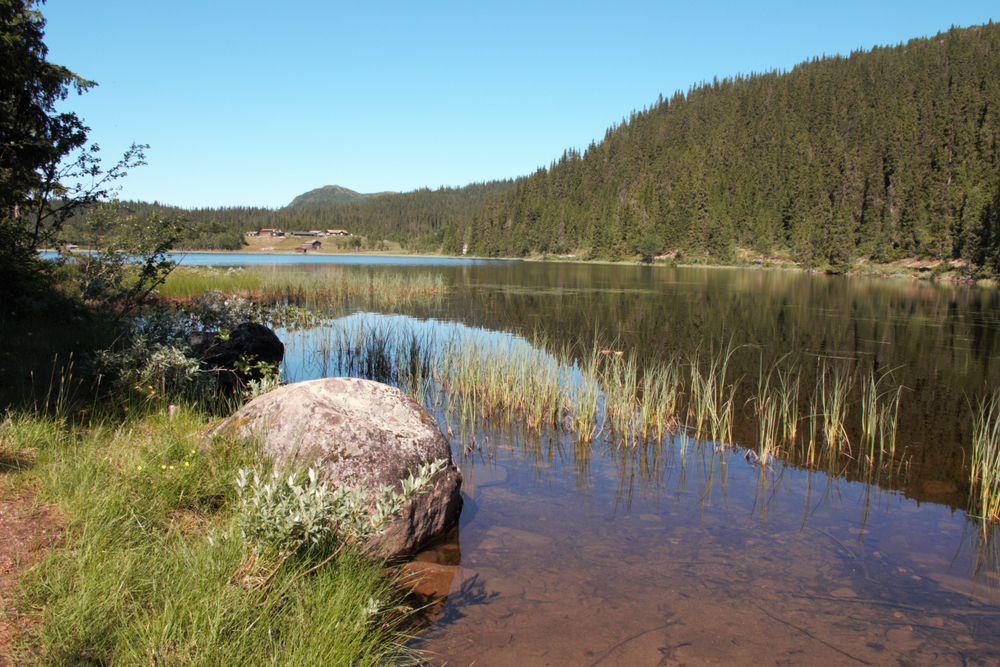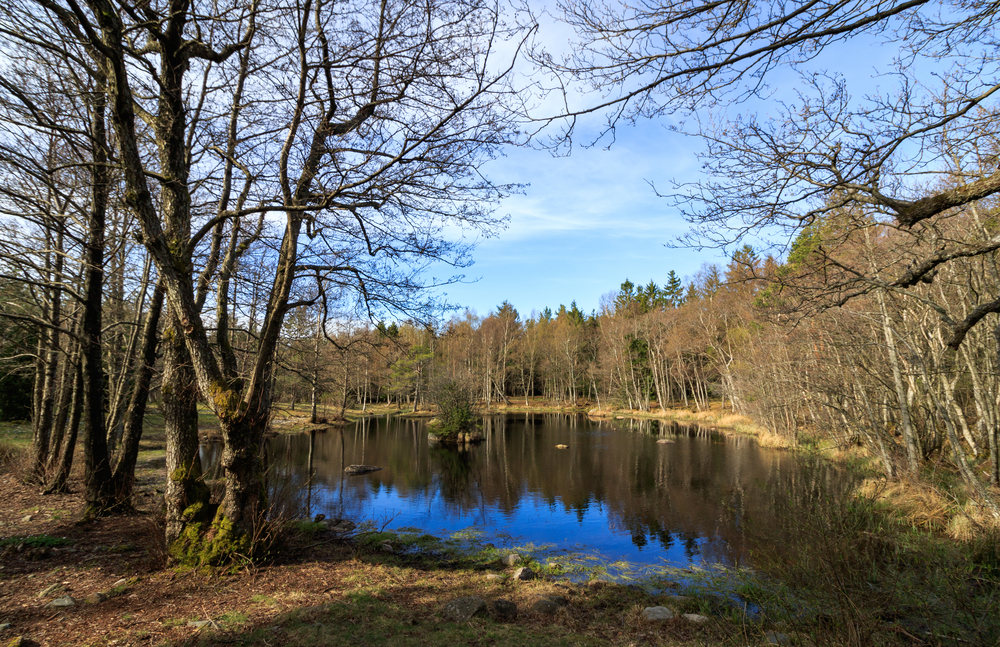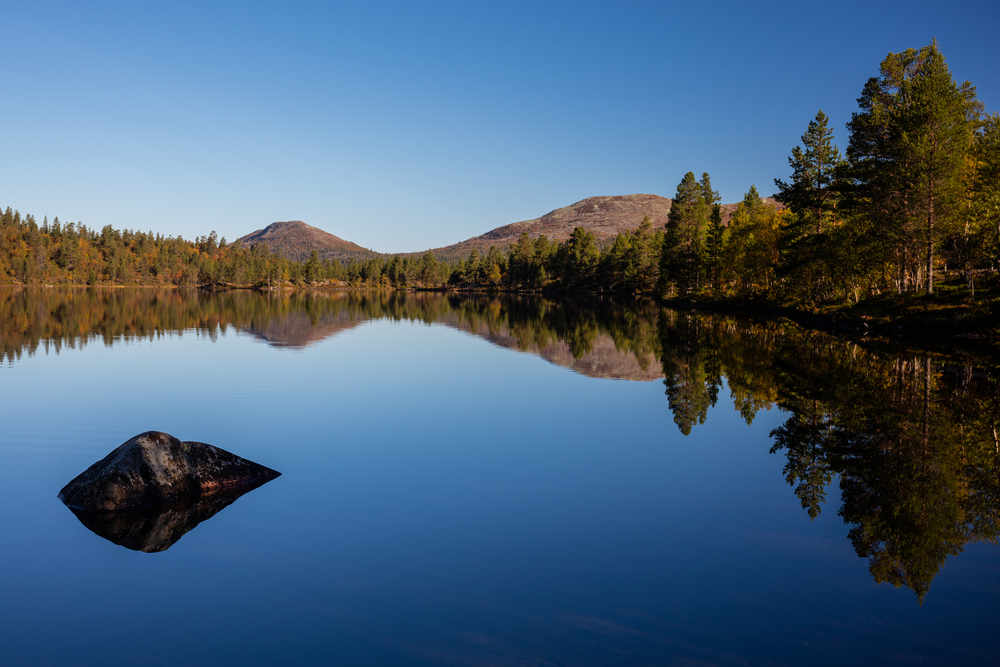Lierne Overview
Lierne National Park, or Lierne nasjonalpark in Norwegian, is a stunning and remote protected area in Trøndelag County, central Norway. Covering approximately 333 square miles (861 square kilometers), the park is known for its rugged wilderness, vast forests, and a network of lakes and rivers that define its character.
Situated near the Swedish border, Lierne is a part of Norway’s extensive system of national parks, dedicated to preserving the country’s natural heritage and biodiversity. The park’s remote location and pristine nature make it a haven for wildlife and a paradise for those seeking solitude and unspoiled landscapes.
The terrain of Lierne National Park is diverse, consisting of rolling hills, dense pine and birch forests, wetlands, and alpine plateaus. The park is punctuated by dramatic rock formations, steep cliffs, and expansive river valleys that offer breathtaking views.
Numerous lakes, including the scenic Lenglingen and Holden, add to the park’s beauty, providing excellent habitats for aquatic life and a serene setting for visitors. The park’s higher elevations feature tundra-like conditions, with sparse vegetation and a rugged landscape that contrasts with the lush lowlands. The area is shaped by glacial activity, which has left behind large boulders, deep ravines, and unique landforms that contribute to the park’s wild appearance.
Lierne National Park is home to an impressive array of wildlife, making it one of the best places in Norway for spotting large mammals. The park supports a significant population of brown bears, which are among the most elusive yet iconic animals in the region.
Other large carnivores, such as wolverines and lynxes, also roam the forests and mountainous areas. Moose are commonly seen in the lower elevations, grazing in wetlands and along riverbanks, while reindeer inhabit the higher plateaus.
The park is also home to red foxes, otters, and beavers, which thrive in the many waterways. Birdwatchers will find Lierne particularly rewarding, as it hosts species such as golden eagles, rough-legged buzzards, and various owls. Wetland areas attract cranes, ducks, and waders, creating a rich avian diversity that adds to the park’s ecological significance.
One of the most popular features of Lierne National Park is its vast and untouched nature, which appeals to outdoor enthusiasts looking for a remote and authentic wilderness experience. Visitors can explore the park through an extensive network of hiking trails that traverse forests, ascend mountains, and pass by pristine lakes.
The park is a favored destination for fishing, with its numerous lakes and rivers offering excellent opportunities to catch trout and Arctic char. Canoeing and kayaking are also popular activities, allowing visitors to experience the tranquility of the park’s waterways up close.
During winter, Lierne transforms into a snowy wonderland, attracting skiers and snowshoers who seek adventure in the unspoiled landscape. Wildlife tracking is another engaging activity, with guided tours available for those hoping to catch a glimpse of the park’s elusive predators.
Conservation efforts in Lierne National Park focus on maintaining the delicate balance between human activities and the preservation of its unique ecosystems. While the park provides vital habitats for endangered species, it also faces challenges such as climate change, which affects snowfall patterns and vegetation growth. Human-wildlife conflicts, particularly concerning large carnivores like bears and wolverines, require careful management to ensure coexistence with local communities.
However, successful conservation policies, including habitat protection and sustainable tourism initiatives, have helped maintain the park’s ecological integrity. Ongoing research and monitoring efforts contribute to a deeper understanding of the park’s biodiversity, ensuring that Lierne remains a thriving natural sanctuary for generations to come.











































































